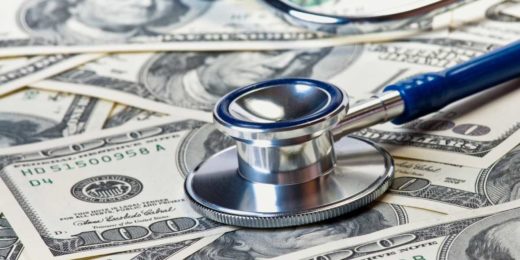When governments pay private companies to provide public benefits, they sometimes do so in the form of a subsidy -- essentially the government pays the company part or all of the cost of the service on behalf of the individual.
In new research, Stanford Assistant Professor Maria Polyakova, PhD, and Professor Stephen Ryan, PhD, of Washington University in St. Louis, examine the implications of this payment structure, when the subsidy amount is tied to certain characteristics of the beneficiaries, through the lens of the Affordable Care Act's health insurance marketplaces.
Consumers can purchase commercial health plans through these government-run marketplaces, which were established by the 2010 health law. Most consumers who shop for coverage in the marketplaces can receive a tax credit based on their household income. The tax credit -- a subsidy paid by the government -- covers all or part of the individual's insurance premium, depending on the plan they choose.
Analyzing 2017 data from more than 9 million people, Polyakova and Ryan found that, because of the way subsidy amounts are determined, health insurance companies have an incentive to charge higher premiums in low-income areas. This is because consumers with less money are more likely to qualify for higher tax credits -- basically, the government foots more of the price.
On the flip side, insurers will charge lower prices in higher-income communities. Consumers there are less likely to receive a large tax credit, and therefore might forego buying coverage if they think premiums are too high.
An article from the Stanford Institute for Economic Policy Research outlines how these manipulations can affect individuals:
To illustrate the unintended consequences of the insurers' actions, the researchers point out that, in the first instance where prices increase, consumers with incomes that are slightly higher than other community members will end up paying more for the same coverage. Under the second scenario, consumers who don't qualify for the tax credit because their incomes are too high benefit from the lower premiums aimed at nearby residents.
"The price you pay for insurance will depend on who your neighbors are," says Polyakova. "If you live near people who are poorer than you, you will be affected differently than if you live near people who are richer than you."
The study recommends that policymakers take into account the market behavior that income-based subsidies from the government incentivizes in private companies.
"There's nothing wrong with companies trying to maximize their profits," Polyakova says in the article. "But sophisticated policymakers need to understand what happens when private markets get involved."
Photo by Alexander Mils






